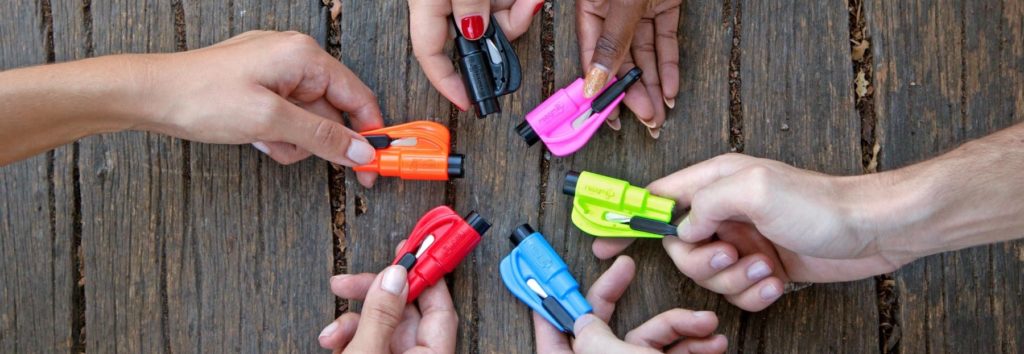Fitting Your Child Correctly in the Car Seat
Although the laws concerning child car seats will vary between Western countries, they are all set out with the common purpose of maximizing the safety of young children, particularly in the event of a crash. The type of car seat that is most ideal for your child will depend on his/her age and physical development. A baby in the first year of his/her life should always travel in a rear-facing car seat, as he/she will be pulled into the seat with minimal impact on his/her neck or spinal cord in a crash. Thereafter, the child can be placed in a forward-facing seat and latterly a booster seat as he/she grows older and bigger, until such time that a normal seatbelt can fit snugly across their shoulder and chest. A seatbelt should never cross a child’s neck or face, nor rest on his/her stomach, as these could be lacerated in a crash.
This infographic from Woodstock Motors dispenses hugely important safety advice relating to the selection of a child car seat, as well as offering tips on what to look out for when purchasing one. It sets out to inform parents and guardians that not all car seats are created equal, and by selecting the one that is the best fit for your child, it may just prove the difference between life and death if you and your children are unfortunate enough to be involved in a car crash.
Author and source: Mark Dressekie with http://www.woodstockmotors.co.uk/repairs.html


